No description yet: Can you help?
Residential Highrise, Althofenstraße


No description yet: Can you help?
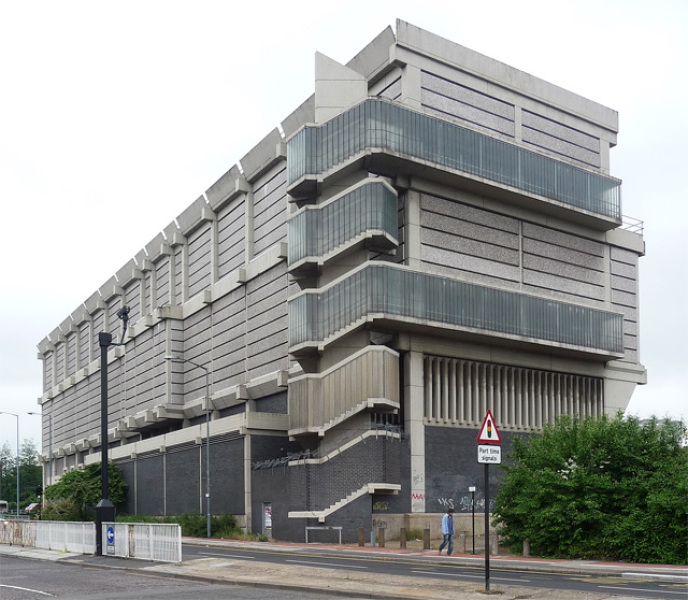
No description yet: Can you help?
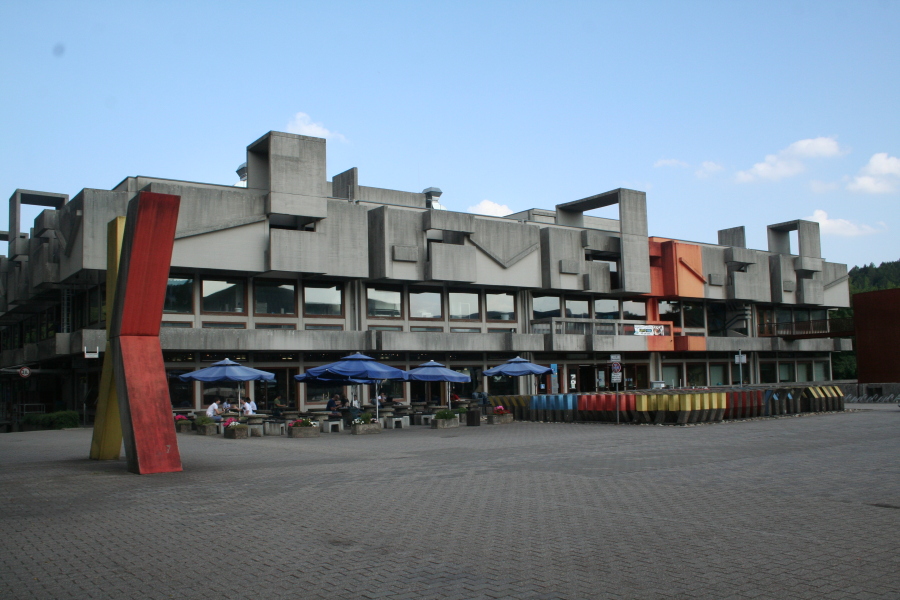
No description yet: Can you help?
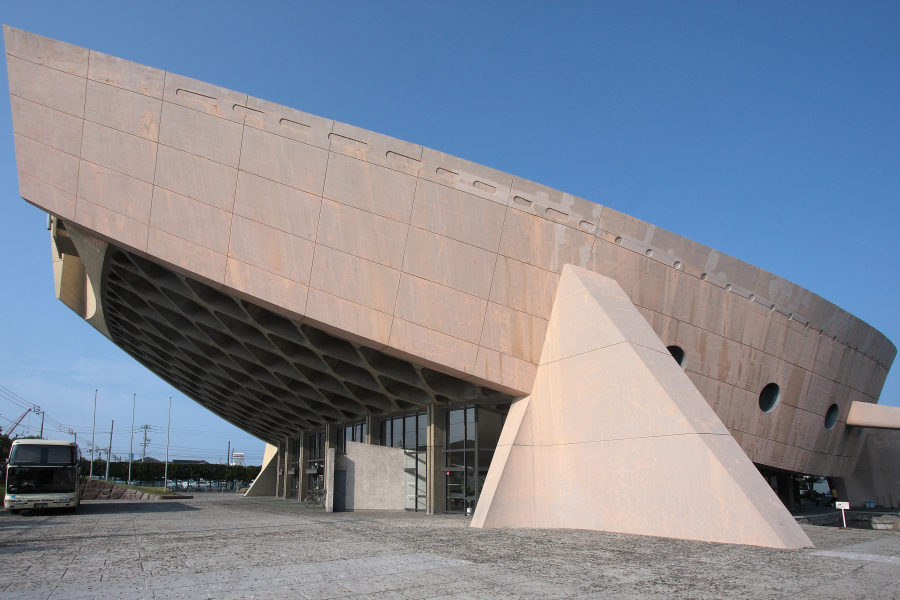
No description yet: Can you help?
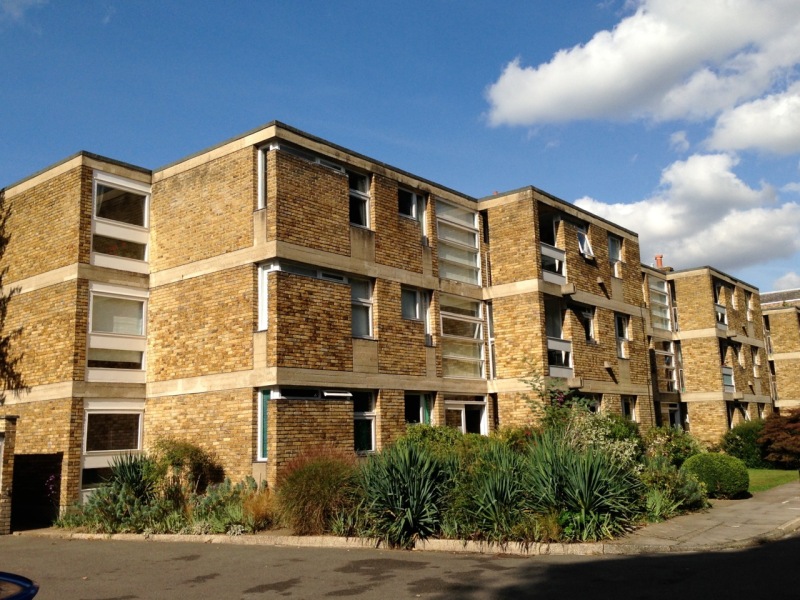
Concrete and brick run from the outside through to the inside. In the apartments, the fireplace wall is sculpted using concrete and brick. For Banham it was a brutalist project. However, Stirling rejected this label for his designs.
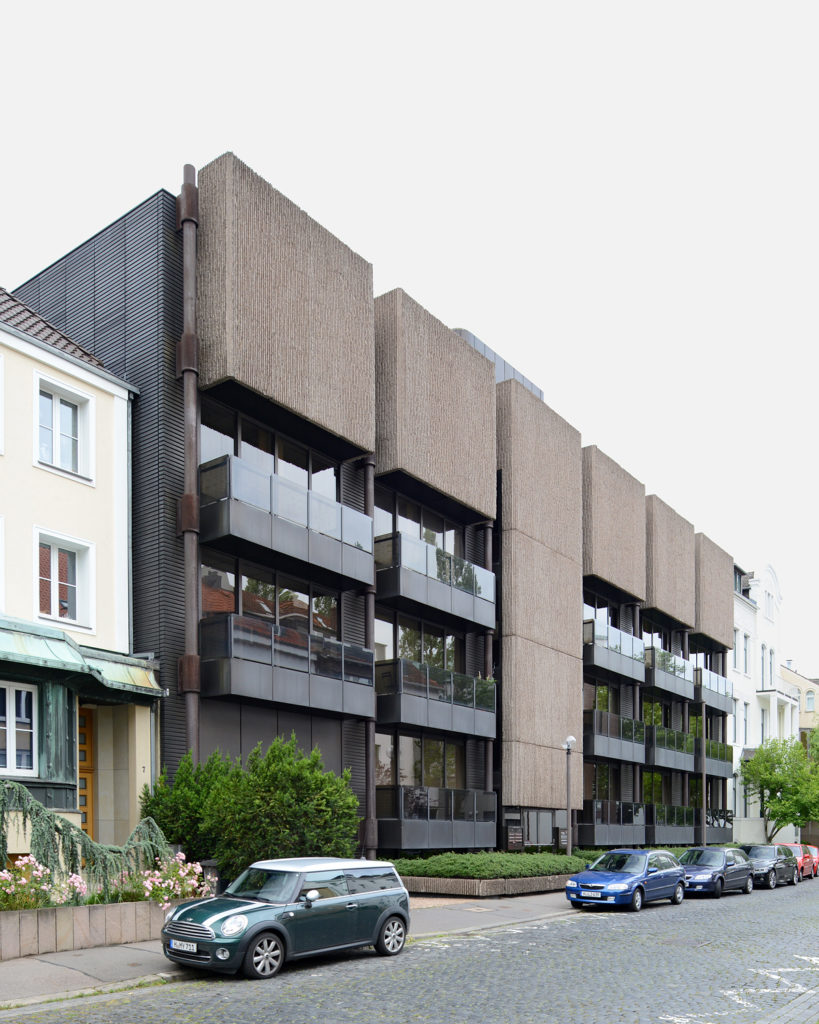
No description yet: Can you help?
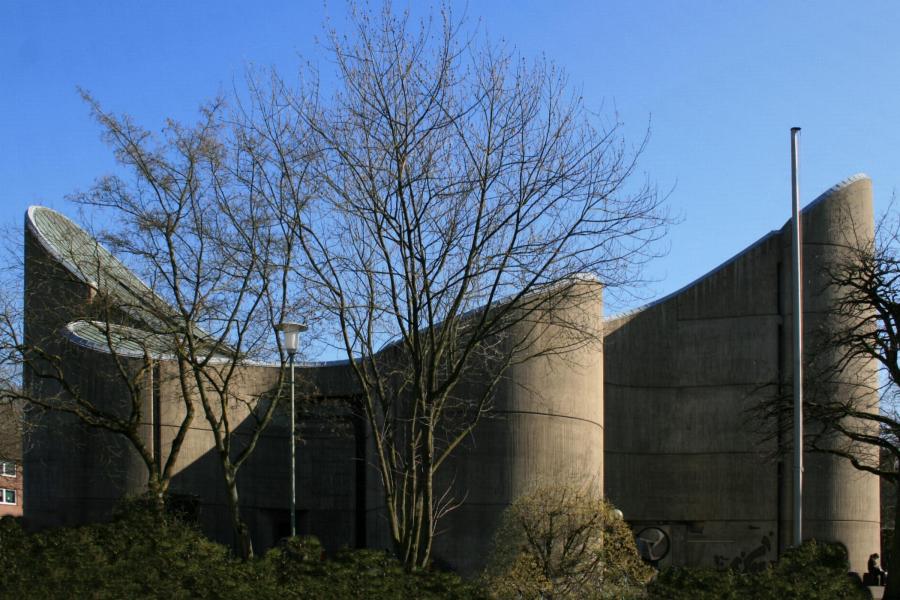
This central-plan church features six characteristic, rounded conchs. Instead of a church tower the roof is steeply angled towards the ends. (Special thanks to Alexander Kleinschrodt)
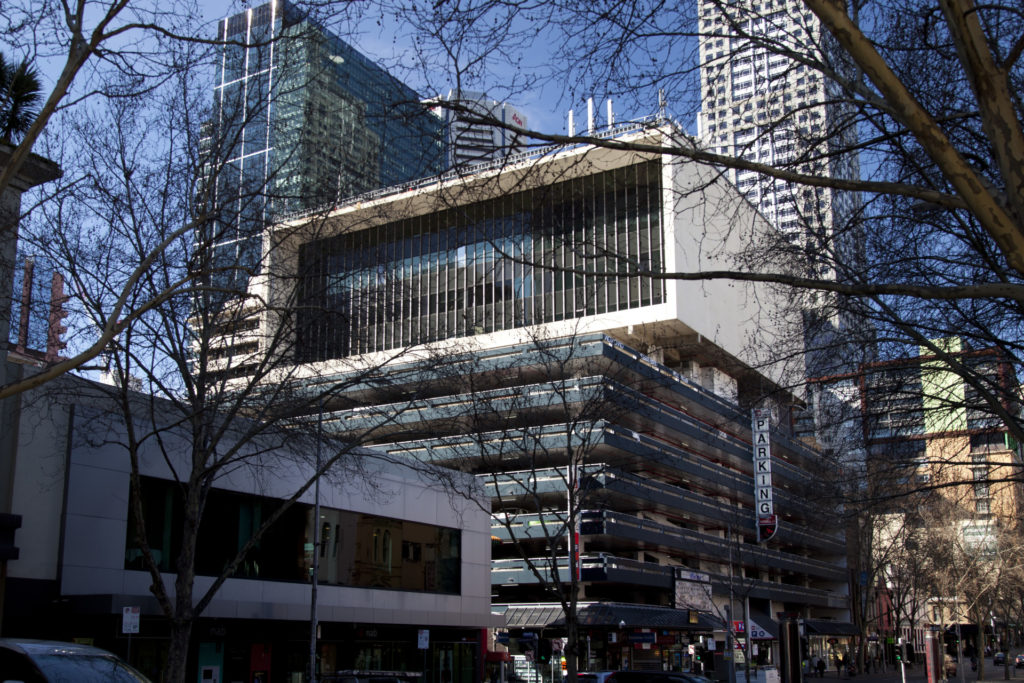
No description yet: Can you help?
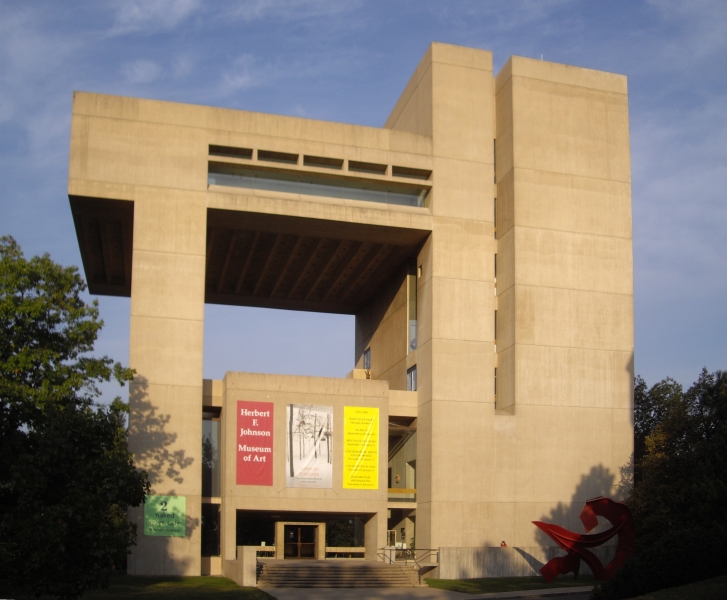
I. M. Pei chose to build upward to take advantage of the views. The distinctive look and neutral color of the board-formed concrete is complemented by the numerous windows Pei used to engage the landscape with the building itself. On almost every leve…
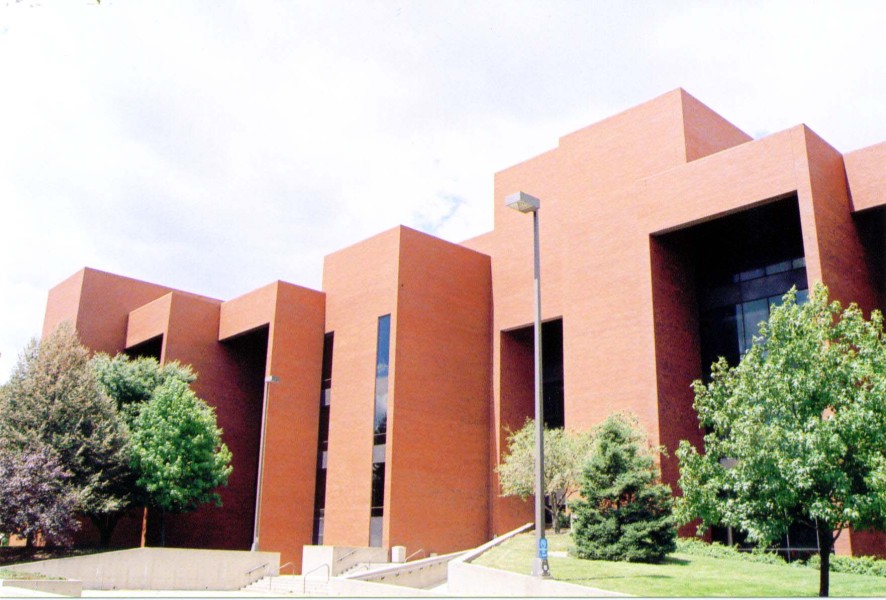
No description yet: Can you help?
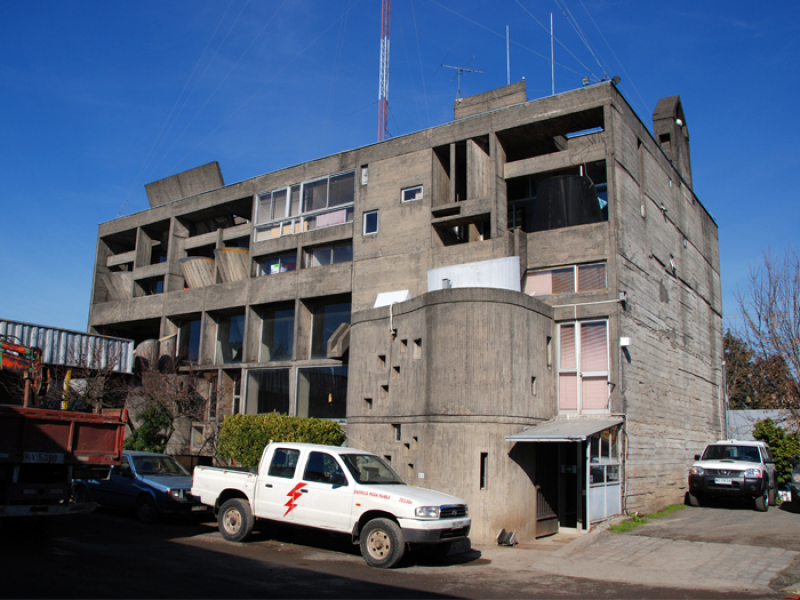
This building can be seen as an eclectic collection of a broad range of Le Corbusier designs. An abstract grid, as seen in Ahmedabad, is placed right next to a wavy wall with small windows, as seen at the Chapelle de Ronchamp and La Tourette. Sculptural…
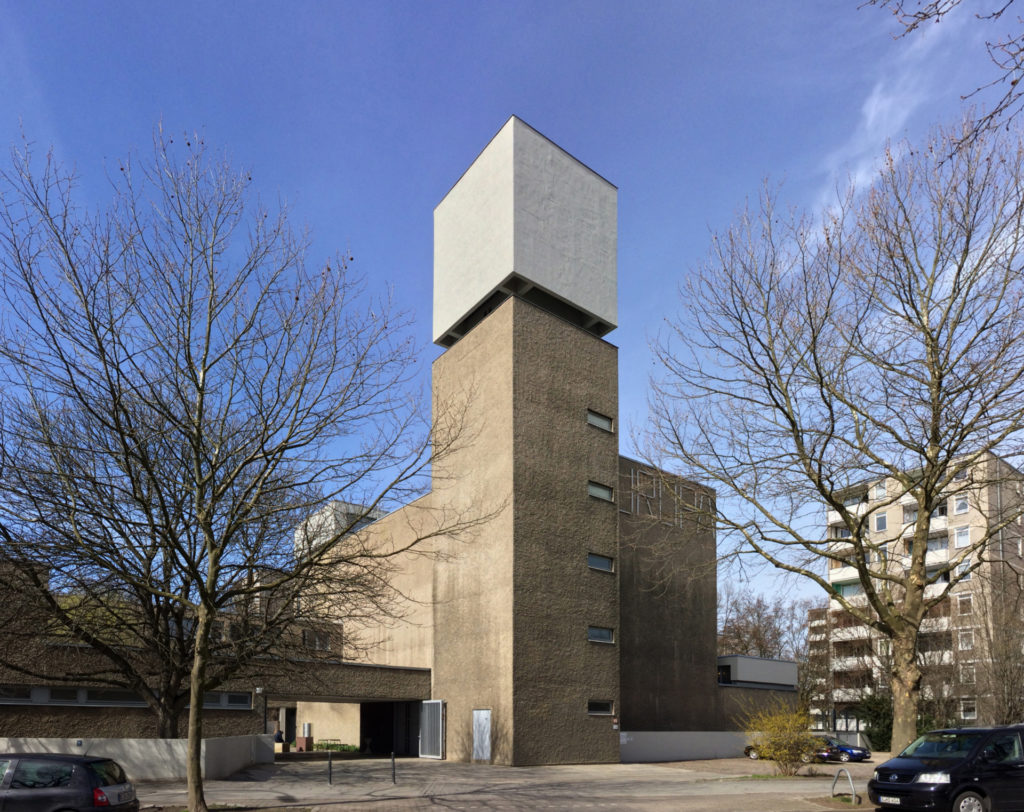
No description yet: Can you help?
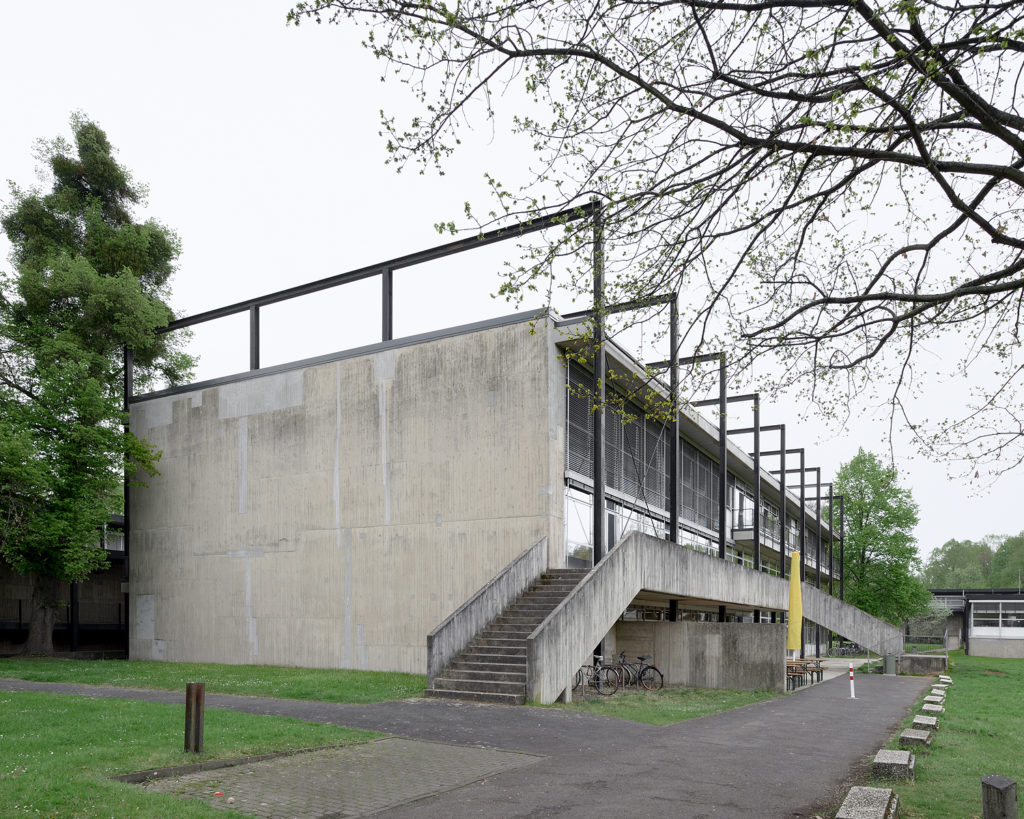
The Kassel Art College is located on the edge of a large park. Studios and workshops are grouped around a central three story lecture center (pictured). The lecture center’s steel frame construction rises above the roof to imply the possibility of…
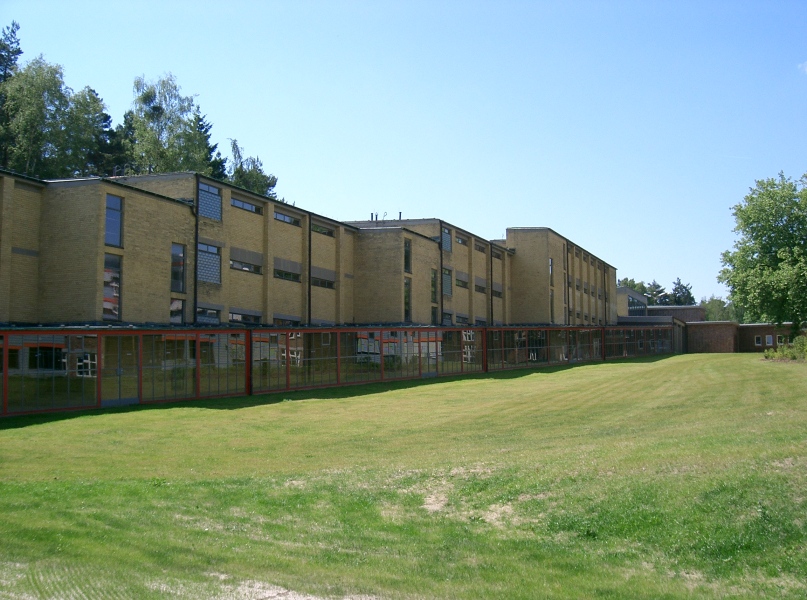
This Bauhaus project is of interest to Brutalism because it leaves the materials visible, thus visualizing the construction itself. In other words, the aesthetic contrasts with the plastered “white boxes” that prevailed at the time. In terms of stri…
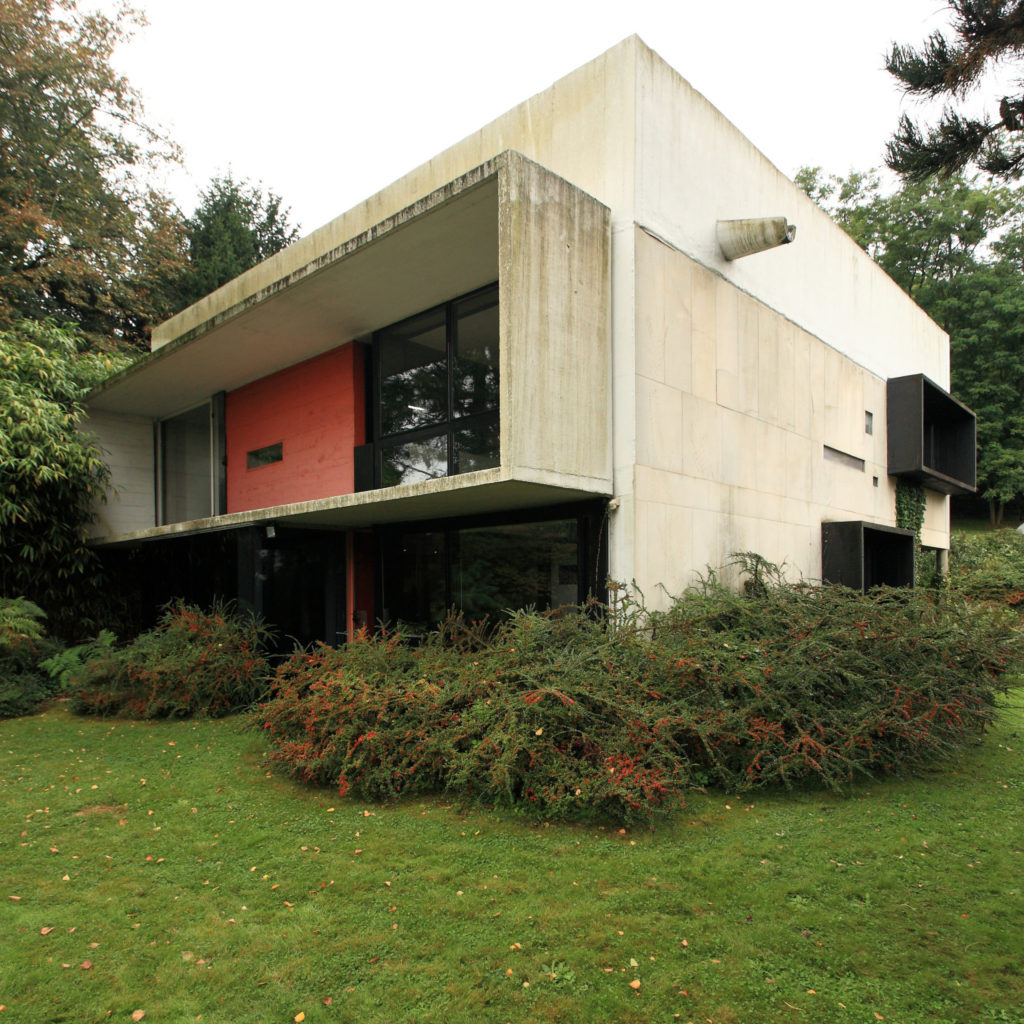
An early example of how former staff members of Le Corbusier later designed sculptural concrete buildings. Banham offers a description hinging on an analysis of the Corbusian influences.
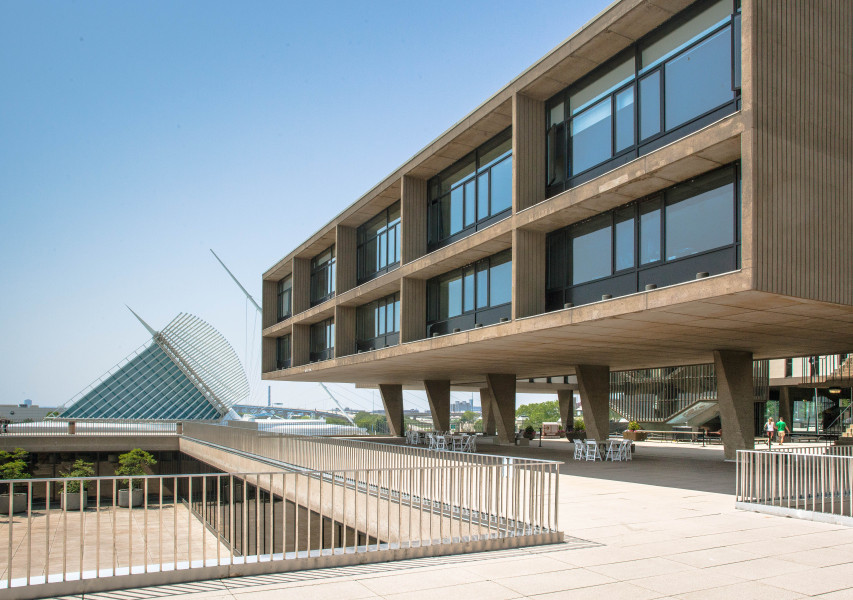
Wolfgang Pehnt cited the Milwaukee County War Memorial in his essay “Was ist Brutalismus?” (“What is Brutalism?”) from 1960 as an example for the global spread of Brutalism. The building separates three functions in three spaces: A platform, hou…
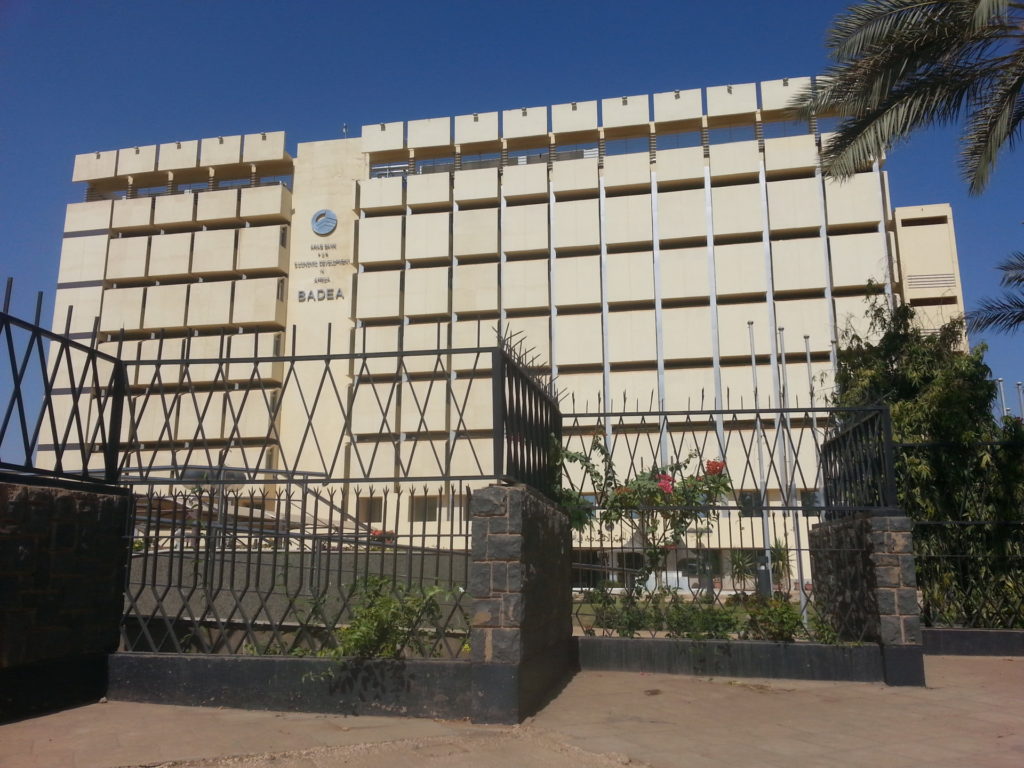
No description yet: Can you help?
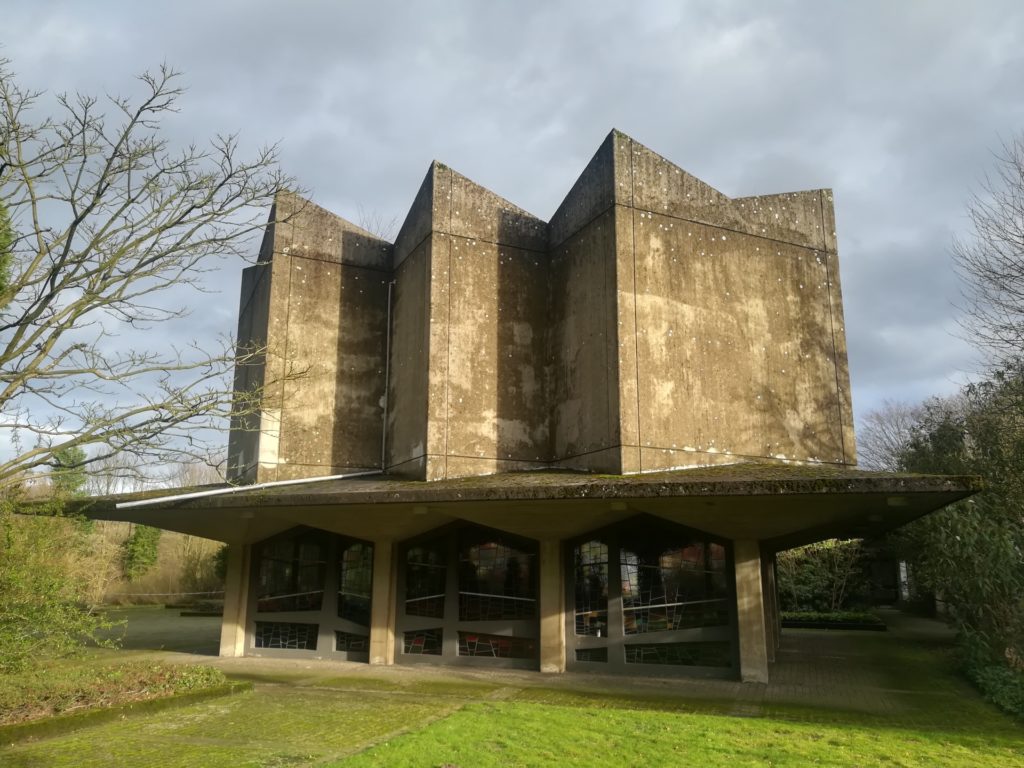
The solitary sculptural mourning hall sets itself apart from the adjoining buildings. Comparatively thin pillars stem a monumental, star shaped roof construction made of corrugated concrete.
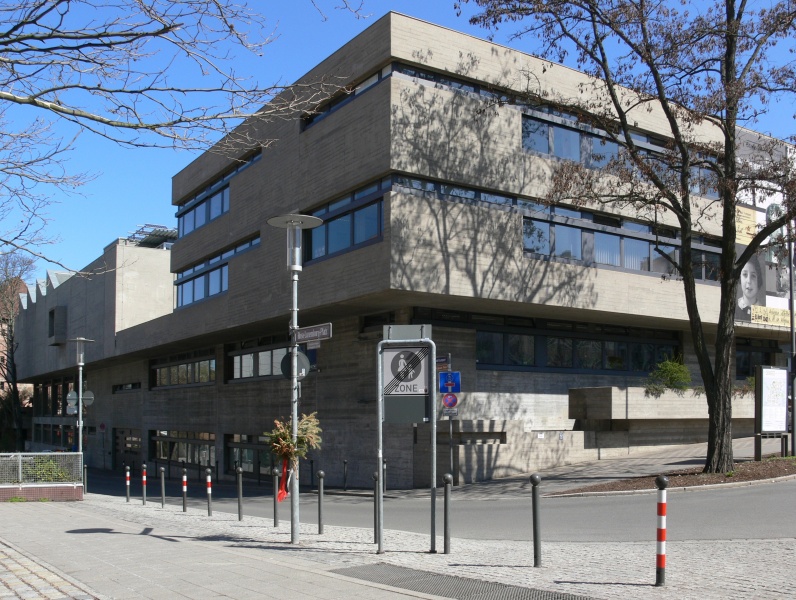
No description yet: Can you help?
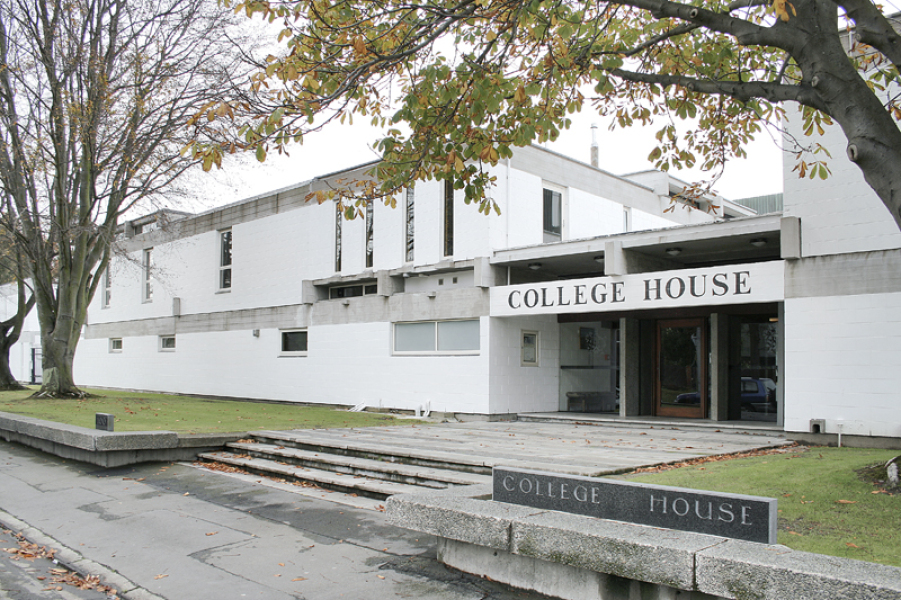
No description yet: Can you help?